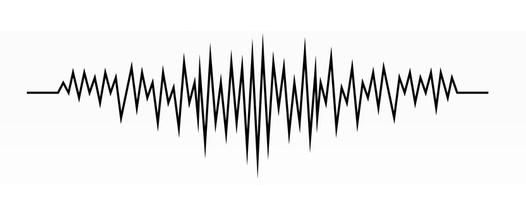The Born Freelancer on basic recording on a budget 101 – Part 1
This series of posts by the Born Freelancer shares personal experiences and thoughts on issues relevant to freelancers. Have something to add to the conversation? Your input is welcome in the comments.
Over a year ago in my very first post for you I discussed the gear I use for recording phone interviews. What I meant to write immediately afterwards were several posts with tips about recording in general. It’s taken a little longer than I expected to get around to it but this is finally the first in that mini-series.
Whether you are interviewing for print or broadcast, a good clean audible recording is essential for every working journalist. And since we freelancers are entirely responsible for choosing and acquiring our own resource tools, it makes sense to find and maintain a ready-to-go basic, reliable, and cost-effective recording system.
Up to just a few years ago when I was busy recording interviews and raw audio for my freelance work at CBC Radio, the equipment I used was still a hybrid of analogue and digital technologies. (When I first started freelancing in radio the technology was entirely analogue – but that’s another story for another time.) Therefore, like me, many of you may still have access to some older electronic recording gear, either in your own collection or else hand-me-downs from your more affluent non-freelancer friends! Fear not, for it can still be successfully integrated into the brave new digital world if required. You need not recklessly spend on unnecessary new toys to achieve broadcast-quality sound.
SO HOW DO I RECORD?
The great news today is that you no longer need to buy expensive recording gear expressly designed for that task. (Feel free to do so if you can afford it and want to, of course.) If you have a computer you can record on it. If you have a laptop you can record on it on location. And since you are reading this, I figure one of the two (or both) must apply to you.
So – the first step – what software should I use to record?
There are many options and many ways to go. Some quite expensive. Since I am trying to cut through the forest of options and simplify the process for you, let me give you my number one personal recommendation.
I use a free software called “Audacity”.
It is basic, simple to use, works on either Mac or PC platforms and allows you to record, edit and then transform (or “export”) your finished recording into an MP3 file, playable on most digital devices.
And did you get the part in which I said it was “free”? There’s nothing we freelancers enjoy more than getting something for nothing. It’s in our nature and in our very name. And unlike most freebies, this one has no apparent strings attached. I have found it to be reliable software which has given me years of solid performance. I use it on a Mac but I assume its Windows counterpart is equally dependable.
Audacity does have its limitations. But what do you expect for “free”? Audacity is not a multitrack recording system (beyond its two basic left and right channel tracks) so it’s really only ideal for spoken word interviews, live off-the-floor recordings, and archiving online streamed audio. Editing on it is relatively easy and you will be up and running it successfully in an hour or so.
If you already use more powerful, more expensive software you may not like Audacity as much as those of us who began our digital lives with it at home. I’m sure if I’d begun driving a sports car and suddenly tried to switch to a motor scooter I’d probably not be too pleased with it either. But if you’ve only walked all your life, a motor scooter isn’t so bad (especially when it’s free!) This post is designed for freelancers on a strict budget. Potentially expensive and consequently more powerful multitrack software is a topic for another day.
You can find Audacity for downloading, at no cost, here.
There’s also a book out on working with Audacity called “The Book of Audacity” which is available from No Starch Press and looks very helpful in further exploring its creative possibilities.
Tomorrow – how to get sound into your computer even if it doesn’t want to go!





on September 4, 2012 at 11:14 am
· Permalink
Thanks for this series…I’m sure I will have some comments and options to add, but I’ll wait until you get into part two!
on September 4, 2012 at 6:56 pm
· Permalink
Great, we’ll look forward to your input, Don! Part two coming tomorrow and part three on Friday.